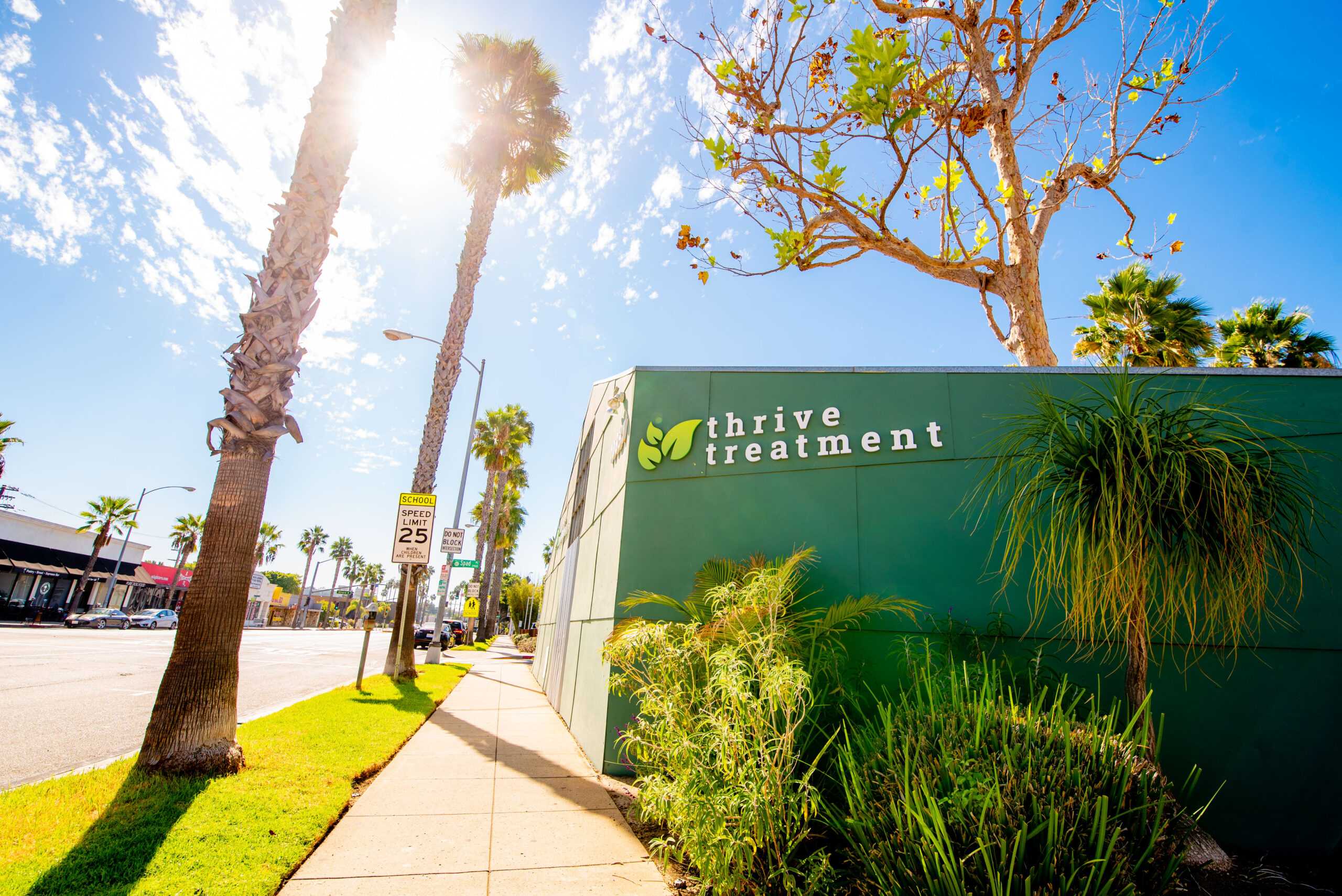The Benefits of Therapy During 12 Steps
Mental health services like therapy helps people function better daily, live well and cope with daily stressors. In the world of mental health, therapy is defined as any technique that helps improve and change one’s behaviors, feelings and thoughts and is guided by theory. Mental health therapy comes in many different forms and modalities. Each therapy method provides its own benefits to service users. Service users usually feel instantly better once therapy has started because a sense of hope is developed. As social beings, having someone to talk to can immediately help someone feel better. More often than not, multiple forms of therapy are used together to enhance improvement. For example, at Thrive, service users have access to multiple therapy modalities such as group therapy, art therapy, individual psychotherapy, cognitive behavioral therapy, etc. Although there are multiple forms of therapy, all of them share these benefits:
- Increased happiness and overall satisfaction
- Healthier life style such as exercise, socialization, a balanced diet and sleep hygiene.
- Self control.
- Depth, empathy, contagion and listening skills.
- Healthier relationships.
- A stronger sense of self worth, understanding and validation.
- Healthier coping strategies.
- Problems in daily living decrease.
- Better quality of life.
- Longer life expectancy.
- Improved cognition function.
- Individuals find purpose.
Therapy is a major ingredient in recovery from substance abuse and is encouraged along with 12 step programs. Participating in therapy while partaking in a 12 step program can provide even more benefits.
12 step programs differ from therapy and treatment centers. One of the major differences involves finances. 12 step programs do not cost anything while treatment centers are funded and paid for by service users and insurance companies. Drug and rehab facilities take place in professional centers and offer outpatient, inpatient and residential care, while 12 step programs do not. Some treatment centers incorporate 12 steps as an approach or methodology, however it is not the same as being a member of the 12 step program.
You may have heard of “Alcoholics Anonymous”, also known was AA. This is one of the many fellowships that 12 steps offer. At 12 step meetings, people come together with a common problem and a common solution. The purpose of these fellowships is for people to help one another in their pursuit of recovery and to change their perceptions of life through spiritual principles and actions.
Although a 12 step program may not suit everyone, there are many benefits in joining the program. Some things you may get out of this experience include:
- Shared experiences.
- Hope and strength.
- Encouraging relationships.
- An environment to learn, listen and be heard.
- Others relating to you and a lack of judgment.
A combination of therapy and a 12 step program can offer a vast amount of benefits for individuals. People can get the individualized care and focus through therapy along with the group support that a 12 step program offers. Combining both therapy and a 12 step program may also serve financial benefits since a 12 step program is free. Rather than solely using therapy and spending a lot of money, a balance between the two can cut costs. Further more, using a 12 step program as a follow up after treatment can provide support that encourages individuals to remain sober.




